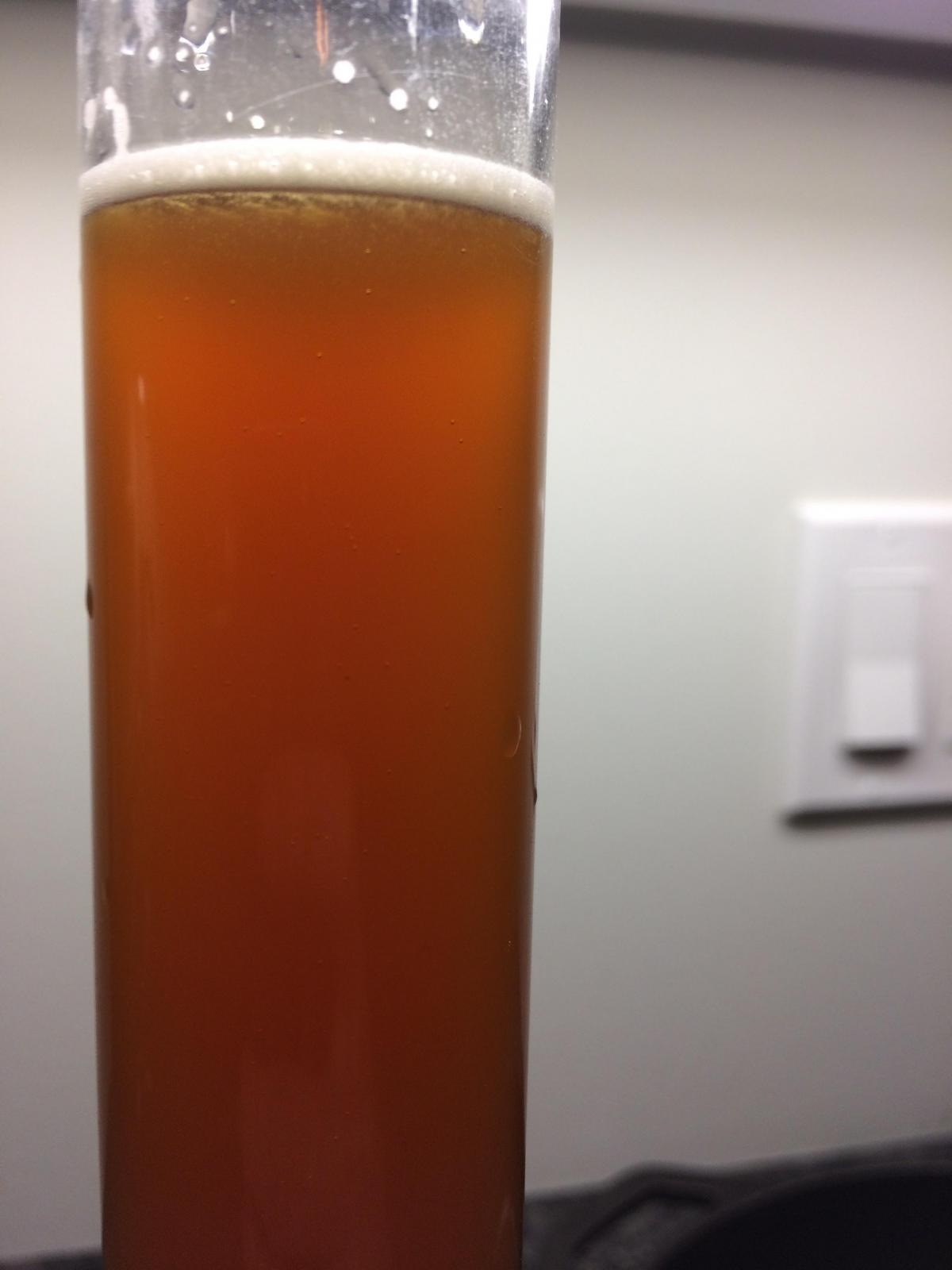I've had a Red Ale in the fermenting bucket for 2 weeks now. I've taken a couple hydrometer readings and they have both showed 1.040. It seems to be done fermenting. Any ideas of what's happening, or what I can do?
The last brew I did was a Milk Stout that stopped fermenting at 1.029, which seemed high. I didn't worry too much about it, since it had lactose in it. But now I'm starting to wonder if there's something I'm doing wrong, or if my LHBS is giving me bad extract, or what the cause might be.
Details:
6 lb Light DME
0.5 lb CaraAroma
0.5 lb Melanoidin
0.5 lb Crystal 60
2 oz Roasted Barley
1 oz Centennial @ 60 min
1 oz Cascade @ 5 min
Sprinkled 1 pack of US-05 into primary (haven't had any problems doing this in the past).
My house stays at 68 degrees.
OG: 1.060
after 2 weeks: 1.040
The last brew I did was a Milk Stout that stopped fermenting at 1.029, which seemed high. I didn't worry too much about it, since it had lactose in it. But now I'm starting to wonder if there's something I'm doing wrong, or if my LHBS is giving me bad extract, or what the cause might be.
Details:
6 lb Light DME
0.5 lb CaraAroma
0.5 lb Melanoidin
0.5 lb Crystal 60
2 oz Roasted Barley
1 oz Centennial @ 60 min
1 oz Cascade @ 5 min
Sprinkled 1 pack of US-05 into primary (haven't had any problems doing this in the past).
My house stays at 68 degrees.
OG: 1.060
after 2 weeks: 1.040




